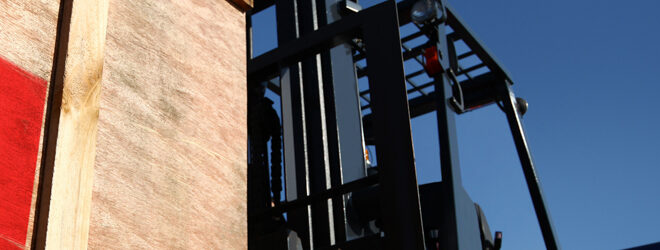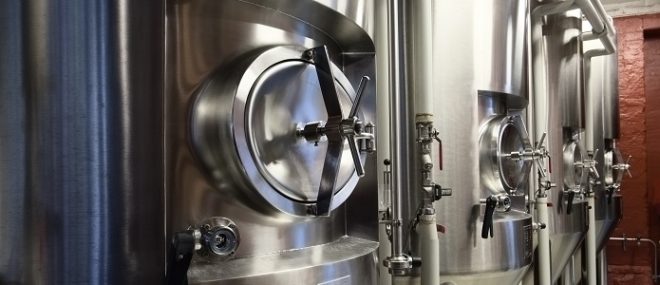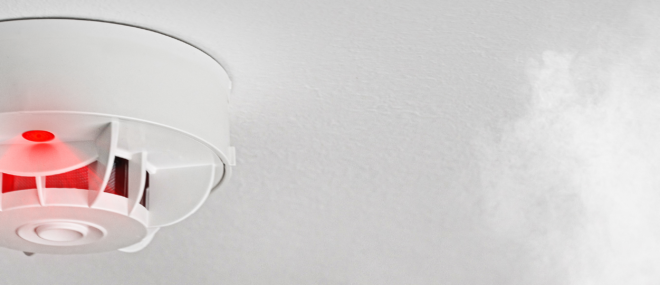Taiichi Ohno recognized the far-reaching implications of waste on a factory floor, and as the architect of the Toyota Production System he knew the problem was not limited to scrap materials. The waste (or “muda” in Toyota’s system) could come in seven forms: transporting, unnecessary inventory, extra motion, waiting, over processing, over production and defects alike. They were all threats to the automaker’s competitive edge.
They had to be reduced.
Businesses around the world have learned from his example and embraced lean manufacturing techniques of their own, using Value Stream Mapping to analyze the flow of employees, Kaizen events to embrace continuous improvements, and 5S methodologies to organize work spaces. The results have collectively generated everything from streamlined production processes to the smaller inventories which can be insured at a lower cost.
Enhanced safety programs and risk management efforts could at first glance be mistaken as barriers to these commitments. After all, tools like protective safety guards, lockout and tagout procedures, and formal safety audits can introduce extra motion and waits into a workflow. But consider how risk management plays a fundamental role in every step of a 5S method and prevents wasteful workplace injuries:
- Sort (seiri) – There is a place for everything. A focus on sorting ensures that every unnecessary item in a work area is removed, stored or discarded. This supports better ergonomics, limiting the reaching and twisting which can lead to musculoskeletal disorders and repetitive strain injuries.
- Straighten (seiton) – If there is truly a place for everything, then everything should be in its place. Tools and materials are certainly easier to find when they are stored where expected. This helps to limit the motion between one task and the next — and it eliminates situations where employees might step around carelessly discarded items and into the path travelled by a forklift. The extent of workplace injuries can also be reduced when emergency equipment such as eyewash stations and showers are easily located.
In addition to that, a tidy facility reflects a company’s commitment to managing risk, which commercial insurers will consider when setting prices. - Shine (seiso) – This step in the 5S process ensures that work stations are kept clean and ready for the next worker, tackling spills and clutter that can fuel spreading fires or cause workplace injuries. In Canada, more than 42,000 workers are injured every year because of falls, say statistics from the Association of Workers’ Compensation Boards of Canada, and two-thirds of the falls are linked to slips and trips. But “shine” also supports an ongoing commitment to Preventive Maintenance inspections which limit the threat of future breakdowns. When the latter focus draws attention to issues such as damaged safety guards, a problem can be addressed before an employee is unwittingly exposed to danger. And when setting prices, insurers see the inspections as further proof of a positive attitude toward risk management.
Taken literally, a “shine” in the form of adequate task lighting could even reduce eye strain and other injuries. - Standardize (suhas) – Standardized approaches to a task help to ensure that nothing is overlooked, eliminating the need to re-do a project. In addition to protecting against the financial costs and damaged reputations linked to product recalls, every avoided defect can limit the time on a machine that exposes workers to hazardous sources of energy. The standardized approaches also help workers stick to the steps that are designed to keep everyone safe. Meanwhile, the robotic equipment used to support repeatable and standardized tasks can reduce a worker’s motion and protect against hazardous tasks such as unloading material from a rapidly moving press. In some cases the automated equipment can eliminate traditional risks altogether, even removing the need for some Personal Protective Equipment.
- Sustain (shitsuke) – As valuable as the steps to reduce waste may be, they also need to be repeated time and again. One of the best ways to reduce the threat of injuries is to repeat proven and safety-focused processes.
In fact, any shortcut hastily made in the name of limiting waiting times or motion can lead to unexpected waste. A protective guard removed to increase speed in a production cell can certainly increase the threat of an avoidable injury. And if an injury does occur, production comes to a halt; the employer loses the productivity of an experienced worker during recovery periods; replacement employees need to be retrained. At best, a government inspector could issue a fine and shutter production after identifying the threat.
Occupational injuries, illnesses and fatalities in Ontario cost the economy an estimated $15 billion a year, according to the Workplace Safety and Insurance Board. Nothing is more wasteful than that.
It’s why safety may be the most important ”S” of all.



